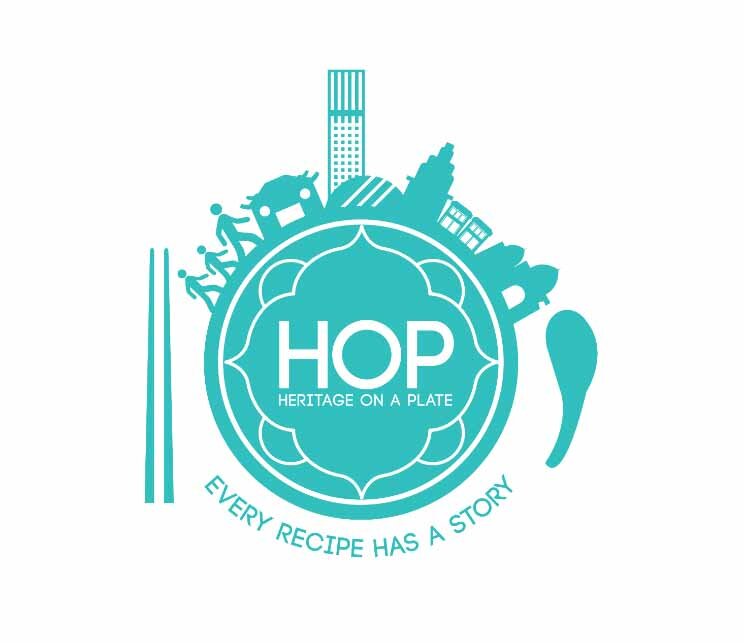Ramadan Bazaar
Hey, guys! It's the fasting month here in Malaysia and our Muslim friends are observing the fast from sunrise to sunset. It's a time to learn and observe patience and perseverance for believers of the faith. It culminates in the Eid or Hari Raya celebrations after a month of fasting.
One mini-celebration we like to have here during the fasting month, is the Ramadan Bazaars. It's a giant pop-up market of traditional Malay, Arab, Indian and even Halal Chinese food. You'll find Ramadan bazaars all over Malaysia, but we're most passionate about it on the West Coast, especially in cities like Pulau Pinang/Penang and Kuala Lumpur.
Since it's Ramadan, I've made some little visits to the local Ramadan bazaars and I wanted to share with you some of the more interesting dishes I came across.
Otak otak is made with ground fish, spices, coconut milk and aromatics. It's either steamed or grilled, depending on where you're having it. The otak otak is a shared heritage recipe in the Nusantara region comprising Indonesia, Malaysia, Singapore and South Thailand.
Puttu is steamed rice cakes flavoured with grated coconut and palm sugar. The concept is South Indian but has traveled widely over the thousands of years of trade in the region of the Indian sub-continent as well as modern South-East Asia. In this variation, the rice flour is packed into bamboo and steamed.
The nasi ulam/kerabu originates from an early dish of cooked rice and locally sourced herbs and plants, eaten with grated or pounded chili paste in tamarind or lime sauce. In some parts of Malaysia, the rice is coloured blue with the dye from the blue pea flower (Scientific name: Clitoria Ternatea. I'll let you google it yourself.)
The nasi ulam is also known as nasi kerabu, when it is served with a side dish called kerabu - made with dried fish, shrimp, bean sprouts, veges or other combinations. The idea is to have a spicy, sweet, sour and umami accompaniment to the rice.
This particular incarnation is also served with solok lada, a mashed fish and chili dish that is popular with nasi ulam on the west coast of Malaysia.
You ready for this one? Meet the Dragonfruit. It is actually in the cactus family. We like to make it into a pulpy juice and it is so so good. It's like having a healthy, refreshing soda without the fizz.
Read more about Malay delicacies in our Ramadan Wrap Battle Part One!




